Our webstore uses cookies to offer a better user experience and we recommend you to accept their use to fully enjoy your navigation.

978-960-602-138-1
The Arabic (arabi) is a Central Semitic language, thus related to and classified alongside other Semitic languages such as Hebrew & the Neo-Aramaic. In terms of speakers, Arabic is the largest member of the Semitic language family. It is spoken by more than 422 million people as a first language, most of whom live in the Middle East and North Africa, and by 422 million more as a second language.
AVAILABLE
Warning: Last items in stock!
Availability date:
| ISBN Code | 978-960-602-138-1 |
| Author | Bachar Moussa |
| Publication Year | 2016 |
| Binding | Soft cover |
| Dimensions | 17x24 |
| Pages | 416 |
| Weight | 0,874 |
The Arabic (arabi) is a Central Semitic language, thus related to and classified alongside other Semitic languages such as Hebrew and the Neo-Aramaic languages. In terms of speakers, Arabic is the largest member of the Semitic language family. It is spoken by more than 422 million people as a first language, most of whom live in the Middle East and North Africa, and by 422 million more as a second language. Arabic has many different, geographically-distributed spoken varieties, some of which are mutually unintelligible. Standard Arabic is widely taught in schools, universities, and used in workplaces, government and the media.
Modern Standard Arabic derives from Classical Arabic, the only surviving member of the Old North Arabian dialect group, attested in Pre-Islamic Arabic inscriptions dating back to the 4th century. Classical Arabic has also been a literary language and the liturgical language of Islam since its inception in the 7th century.
Arabic has lent many words to other languages of the Islamic world. During the Middle Ages, Arabic was a major vehicle of culture in Europe, especially in science, mathematics and philosophy. As a result, many European languages have also borrowed many words from it. Arabic influence is seen in Mediterranean languages, particularly Spanish, Portuguese, and Sicilian, due to both the proximity of European and Arab civilization and 700 years of Arab rule in the Iberian peninsula (see Al-Andalus).
Arabic has also borrowed words from many languages, including Hebrew, Persian and Syriac in early centuries, and contemporary European languages in modern times.
No customer reviews for the moment.
Viewed products

The Arabic (arabi) is a Central...


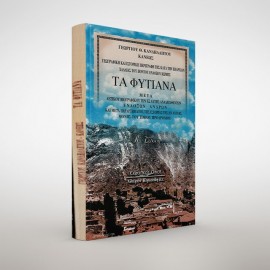


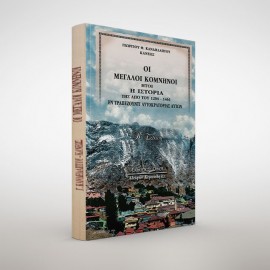



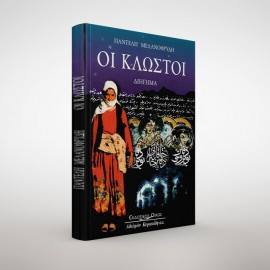
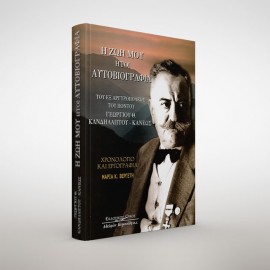
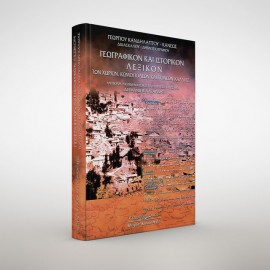

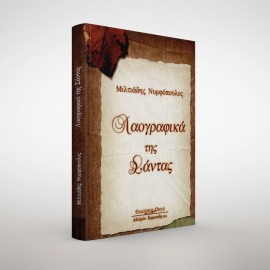
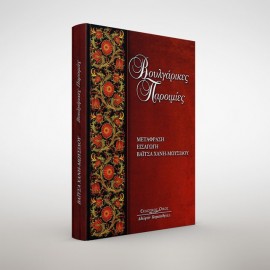
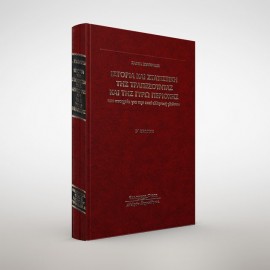
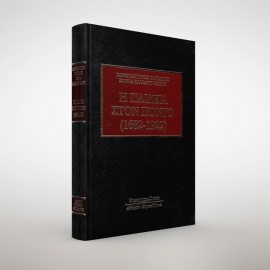
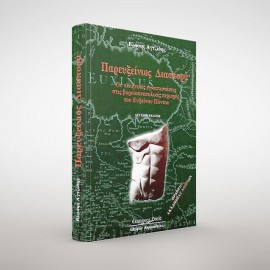
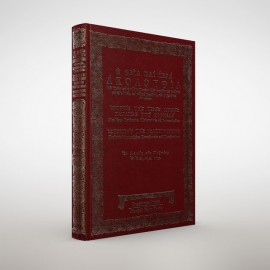



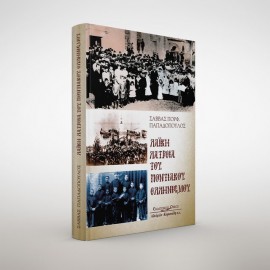
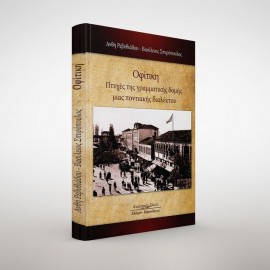



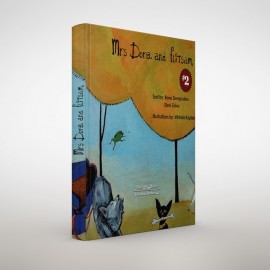
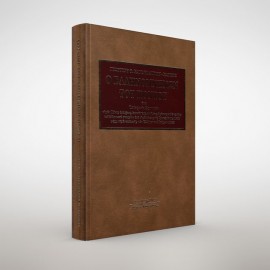
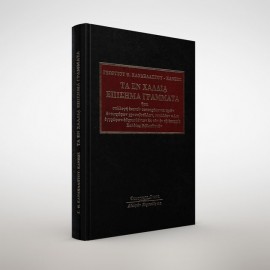
If you are in Thessaloniki, Greece we expect you in our bookstore. The address is 4Str. Episkopou Kitrous Nikolaou in Thessaloniki city center (behind Kamara (Roman Arch).
Contact
Tel. 0030 2310 208 570
fax 0030 2315 550 889
info@afoikyriakidi.gr
Ελλάδα
Subscribe to our newsletter and keep up with news, promotions, sales and discounts!